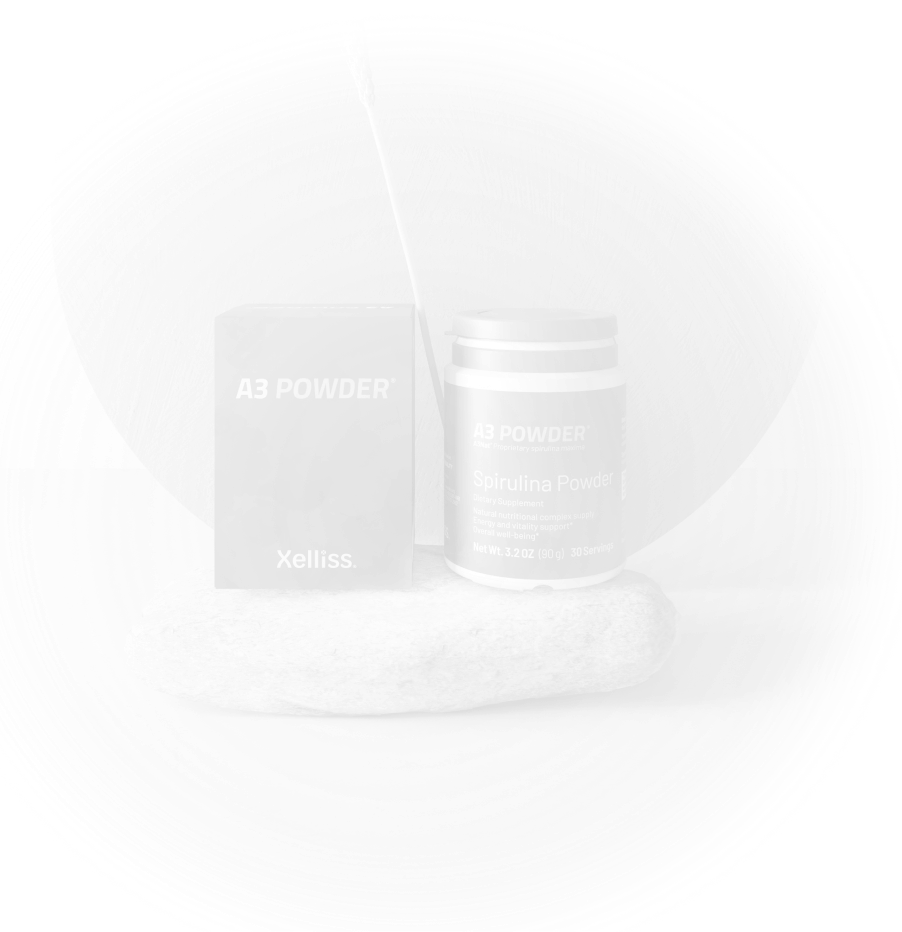Osteoarthritis is a more or less premature wear of the joints. It all starts with the cartilage losing its flexibility and smoothness. The joint surfaces become rough and gritty and therefore wear out much more quickly. The bone tissue underneath the cartilage is thus less well-protected from impacts and pressures on the joint. The bone changes and becomes thicker or decalcifies. Cysts will then develop within it and bone proliferations (osteophytes or lipping of vertebrae) may develop. In response to all these phenomena, inflammation can occur, leading to swelling, redness, and pain in the joint. Thus, after a “silent” period, osteoarthritis evolves more and more rapidly towards complete wear and tear of the joint, which can go as far as its virtual disappearance, leading to increasingly intense pain.
Herbal medicine, natural health
Plants have always been part of the human environment. Fruits, roots, plants and other natural substances were first known for their nutritional properties and later for their therapeutic properties. The first written text on herbal medicine is in clay and consisted of a series of tablets engraved in cuneiform characters, dating back to the Sumerian civilisation 3,000 years before Christ. Herbal medicine is one of the oldest approaches. All societies, ancient or modern, have herbal medicine.
The history of herbal medicine thus emerged, and with the progress of science, the discovery of active principles and pharmacological properties made it possible to turn these plants into genuine medicines by extracting some of their active principles. While it is true that “classical” medicine has been in the limelight for almost a century, due to the excellent results it has achieved in many areas, it has gradually given rise to undesirable side effects which now call for caution.
Satisfaction survey*
* Satisfaction survey carried out on the combination of extracts of Curcuma longa, Boswellia serrata, Harpogopthytum procumbens, Salix alba and Spirulina. According to the scientific literature, these plant extracts are known to have beneficial effects on the joints.
• 71% of participants noted an improvement in joint comfort after 2 months and 48% after the first month of consumption.
• 76% noted better ease of movement in daily life.
• 76% felt a reduction in joint discomfort.
• 71% saw an improvement in joint stiffness
• Painkiller consumption reduced in 86% of participants.
Population: Study carried out on 31 people aged 60 ± 6 years, who had joint problems for an average of 6 ± 4 years.

.jpeg)










